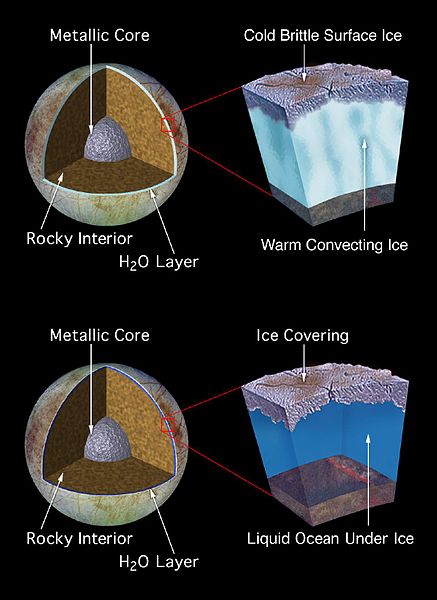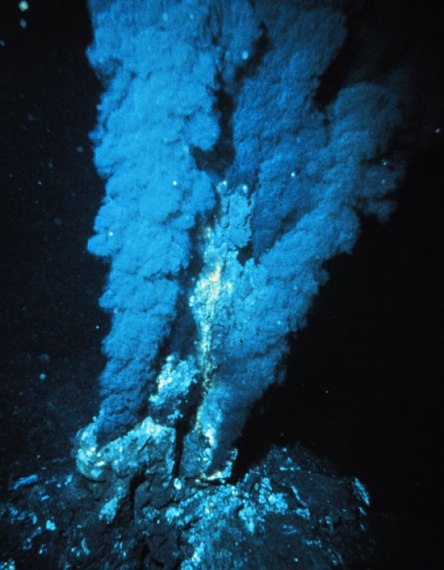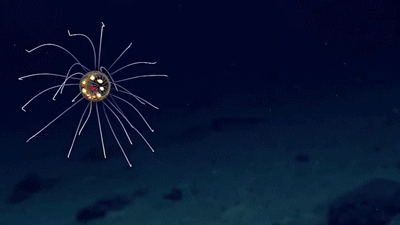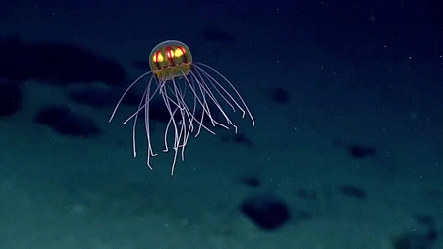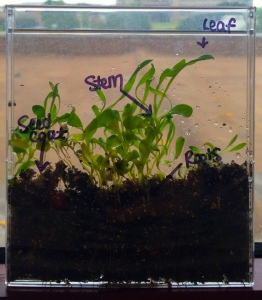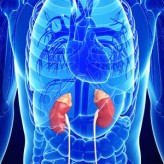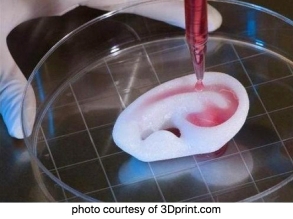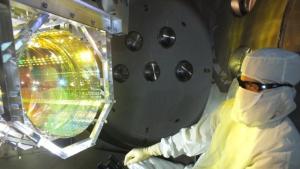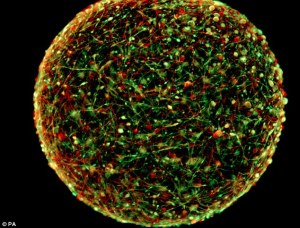
Tendons are bands of connective tissue which connect muscles to bones. They provide the stability and flexibility we need for running, jumping, or just scrolling through this blog post. The most well-known tendon is the Achilles tendon in the heel. Point and relax your toes and you’ll feel the tendon moving between your calf muscle and heel bone.
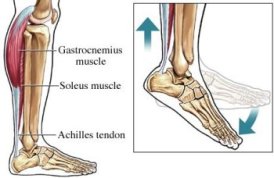
Achilles tendon in action
Tendons are made almost entirely of bundled groups of collagen. Collagen is a structural protein which provides flexibility and strength while also allowing tendons to withstand the stress of movement. It’s not perfect though; overuse and injury can cause painful bruising, sprains, and tendonitis. Due to the poor blood supply and complex structures of tendons, these injuries often turn into lifelong issues. I personally have recurrent pain from shoulder and ankle sprains I received a decade ago!

Bobak Ferdowsi, the JPL systems engineer who landed Curiosity & became an internet sensation
Chronic aches and pains may not feel very punk rock, but it turns out that tendons express a little edge by sporting a gene called Mohawk! Ok, so it’s not quite the same as a gravity-defying hairstyle, but we can’t all be Bobak Ferdowsi.
Mohawk, or Mkx, was originally discovered when scientists were studying how tendons formed, but it appears to have a much bigger role than previously though. Several teams, led by Dr. Asahara at the Scripps Research Institute in California and Dr. Liu at Zhejiang University in China, have been studying Mohawk’s role in injury repair.
Dr. Liu’s team implanted Mohawk genes onto the injured Achilles tendons of mice. They discovered that it not only healed the tendon, but that the tendon actually became stronger than the control group tendons! This is the first time we’ve seen Mohawk’s repair abilities in full animal models and researchers are very excited to expand their studies.
Why Do We Care?
Just about everyone will experience mild to severe tendon damage at some point in their life. According to the American College of Sports Medicine, every day 25000 Americans will

Injured soccer player
sprain an ankle. Additionally, increased computer and smart phone usage is a major cause of hand/wrist tendonitis in people of all ages. Athletes and the elderly are at an increased risk of severe tendon injuries which could lead to permanent disability.
In this latest research, scientists also found that expression of the Mohawk gene decreases both with age and in inflammatory disorders like arthritis. Weakened gene expression means tendons are less able to repair damage, leading even small day-to-day damage to chronic injury . But with new advances through research like this, doctors may someday be able to use targeted gene-therapy to jumpstart a patient’s Mohawk genes. This could allow them to heal sprains in record time while also revitalizing aging tendons to prevent injuries in the first place.
If you’re interested in learning more about tendons, come check out our current exhibit Bodies Human! This amazing exhibit allows you to get up close and personal with what lies underneath our skin. You’ll see how tendons join muscle to bone and so much more! Bodies Human will be at the Mobius Science Center until December 31, 2016.


